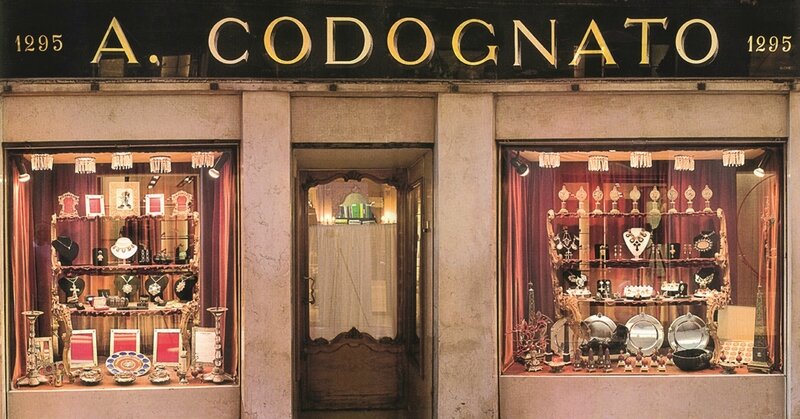Bartolomeo Cavaceppi (1716-1799) (Attributed to), Marble bust of Alexander the Great, Roman, 18th century. Fine-grained white marble. Height: 80 cm. Tomasso Brothers at Masterpiece, Stand C2
LONDON - Tomasso Brothers’ display at Masterpiece will pay homage to the Antique, the term used between the 15th and 18th centuries to refer to the civilisations of ancient Greece and Rome, then regarded as the ultimate aspiration and inspiration for any sculptor. One of the highlights of the stand will be a monumental white marble bust of Alexander the Great attributed to Bartolomeo Cavaceppi (1716-1799), on view at Masterpiece London, Royal Hospital Chelsea, from 27 June to 3 July 2013. Stand C2 (price in the region of £150,000)
Cavaceppi was celebrated in his own lifetime as a great artist, restorer and dealer and was a favoured protégé of Cardinal Albani, a leading collector of antiquities in Rome and a commissioner of works of art, and a close friend of the art historian Johann Joachim Winckelmann (1717-1768). A leading figure in a close society of Roman cultural elites, Cavaceppi’s impact on the path of Western art cannot be underestimated.
his fine-grained white marble bust of Alexander is modelled after the almost identical bust in Rome’s Capitoline Museum. The latter is mentioned several times in the writings of Winckelmann, who was certain that the Capitoline bust was a portrait of Alexander. It has been said to originate from the reign of the emperor Hadrian because the style and technique can be so closely compared to those of the Apollo Belvedere, which is generally accepted to date from circa 120-140 AD.
The fame of the sculpture in the 18th century was such that a number of important marble versions were made. The great Roman workshops, including that of Cavaceppi, are known to have owned copies of the Capitoline bust and, as a result, casts of the sculpture were widely circulated. One of these casts was acquired in 1752 by architect Matthew Brettingham and installed to great acclaim at Holkham Hall, Norfolk.
Alexander the Great almost single-handedly changed the nature of the ancient world in little more than a decade. The legendary king, commander, politician, scholar and explorer founded over seventy cities and created an empire that stretched across three continents, covering around two million square miles. At the age of just 25, he became king of Macedonia, leader of the Greeks, overlord of Asia Minor, pharaoh of Egypt and ‘Great King’ of Persia.













